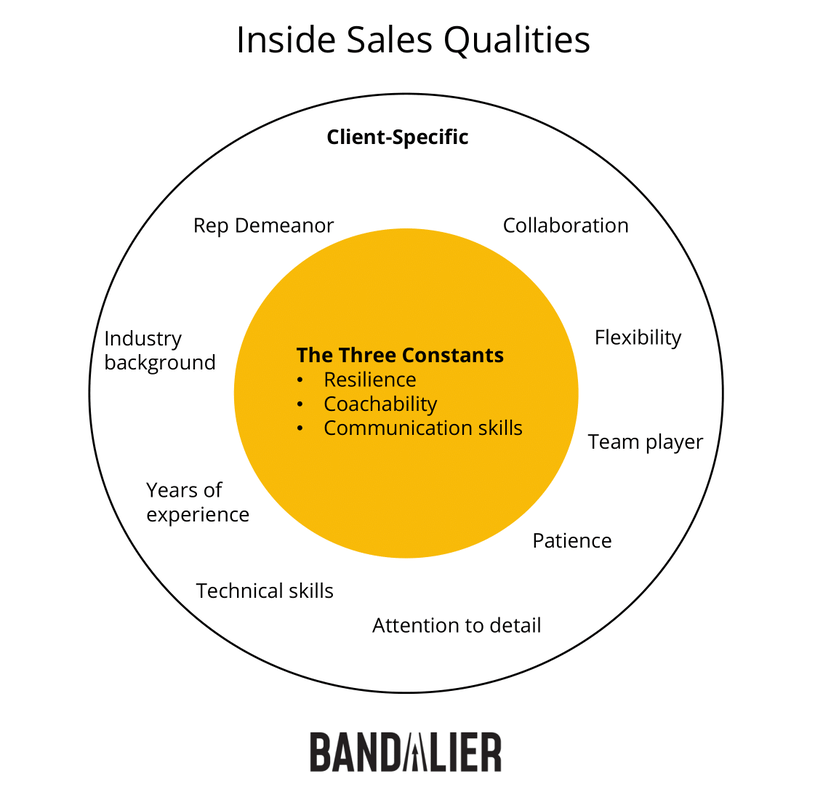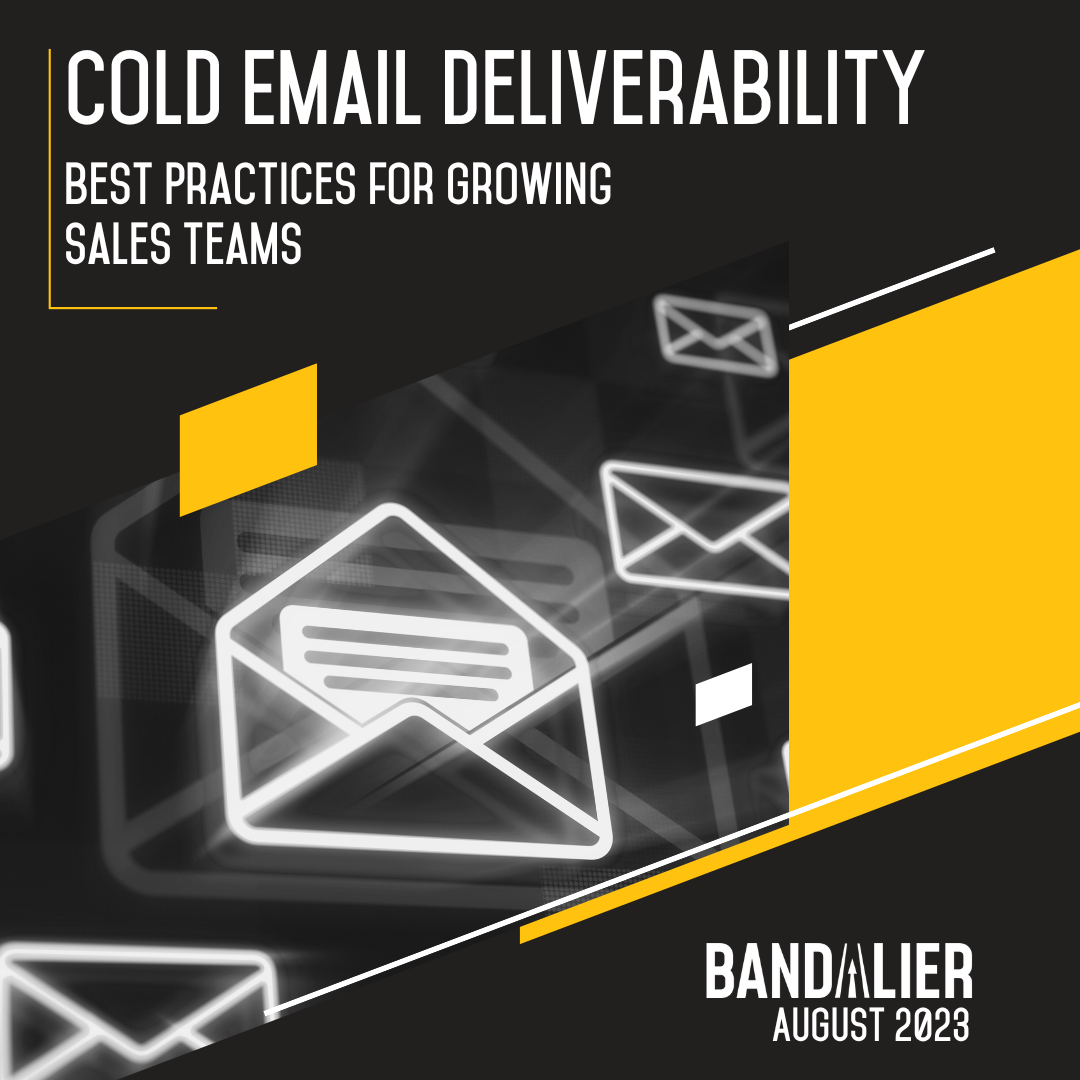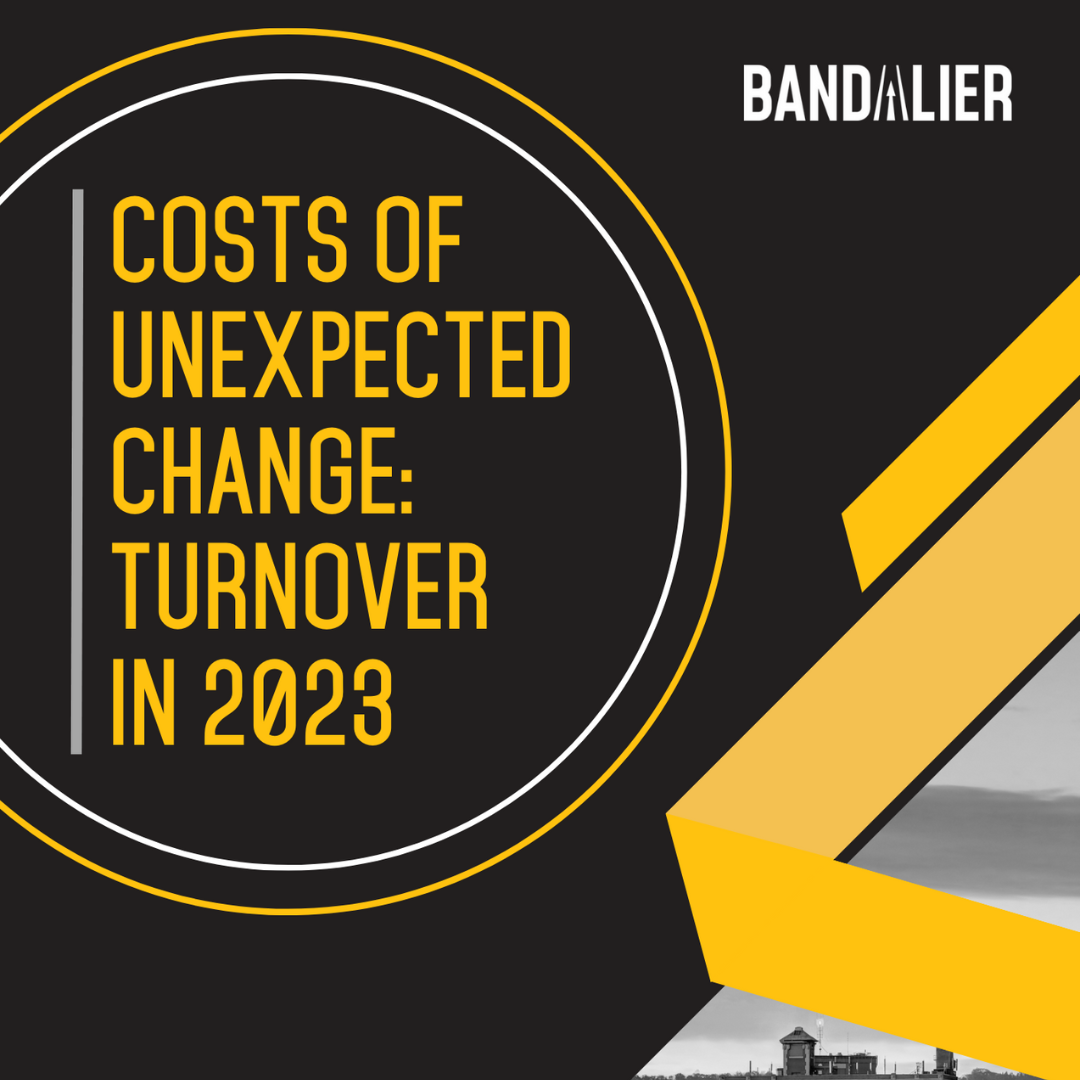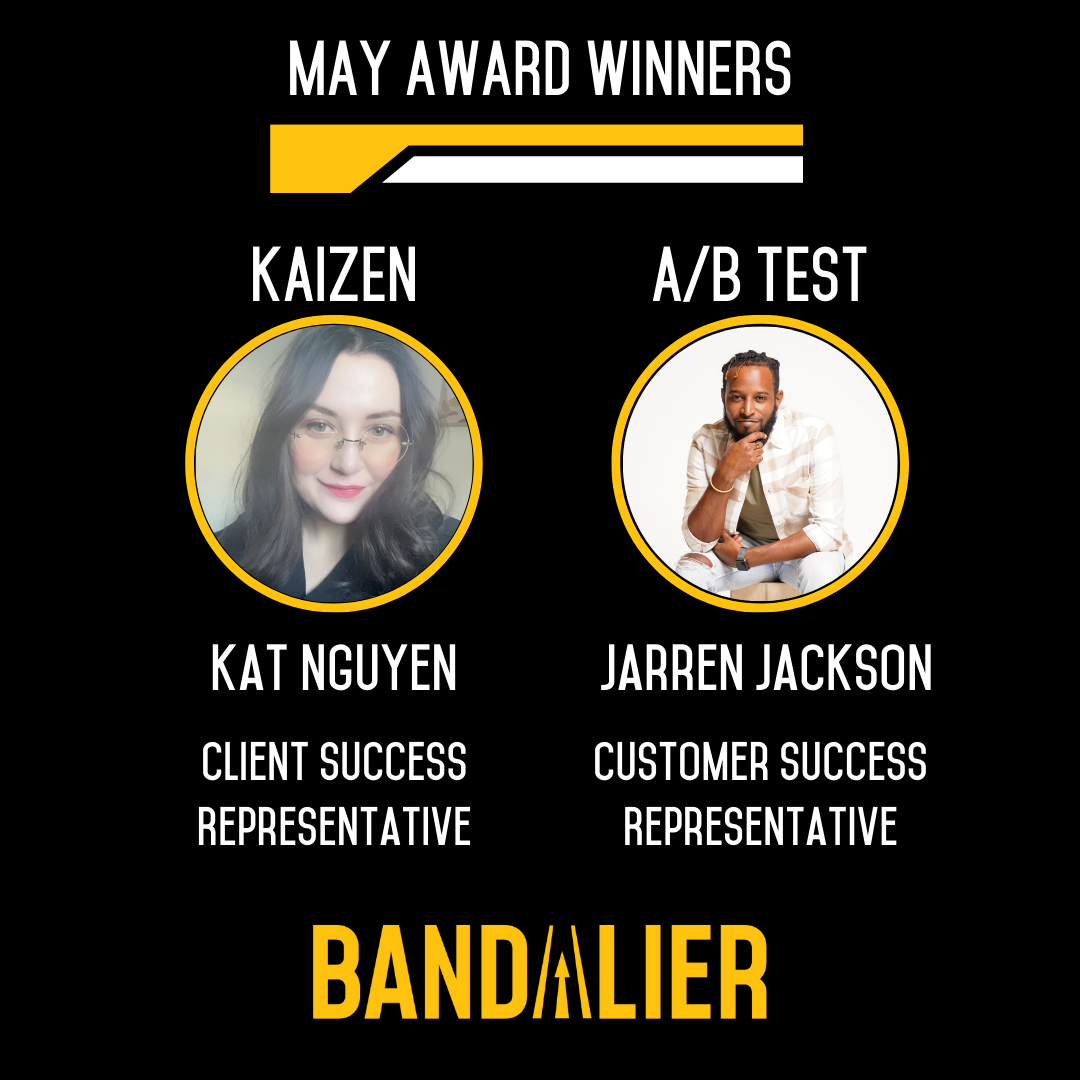
There’s a moment in a recent Make it Happen Mondays episode that got us thinking. In John Barrows’ interview with Marc Roberge (well worth a listen), a discussion about the future of sales turned to sales development representatives (SDRs) and hiring. They spend a bit of time discussing what they term ‘the inappropriate copy and paste’ – among other things, companies hiring SDRs solely because that’s what they see other successful companies doing.
“I’ve seen so many reps who are the top rep at this company and then join (this new company) and they’re the worst rep,” Marc says. “Well, it’s because there’s no universal answer to the right rep for that job. It depends who you’re selling to and what you’re selling and what stage you’re at and what stage the category is at, and all these things.”
This presents an interesting question for us at Bandalier, where we make it our business to ‘isolate the attitudes and aptitudes that wind up being predictive of a successful career in sales roles.’ At first glance, the challenge John and Marc articulate presents a foundational issue in our business model. After all, if the archetype for every inside sales rep differs based on industry / persona / sales cycle, how in the world are we supposed to isolate across these?
Indeed, over four years in business, it’s certainly been a constant that different clients have different needs when it comes to our teams. As Marc describes, there are instances where the strongest team member on one client winds up less successful when they move on to a new engagement – and vice versa.
That said, four years into collecting data from thousands of phone screens, in-person interviews, and ‘Zoom’ interviews, we have found some constants across virtually all inside sales roles that form the bedrock of our interviewing algorithm. We calibrate our process every 6-12 months based on performance data from our inside sales teams.
Based on these calibrations, the ‘three constants’ we currently isolate for in our interview process for any sales-related role are resilience, coachability, and baseline communication skills. None of this is fixed, of course – as we collect more data, we might find some of the client-specific qualities are universal enough to warrant inclusion on our ‘constants’. With that in mind, here are the three we’ve found so far:
Resilience: What we’re effectively isolating for here is how likely a team member is, having been shut down X number of times per day, to make the incremental cold call or e-mail follow-up. Some folks simply get crushed by the amount of rejection that is inherent to virtually any sales role; and while there are certainly some sales roles that involve more rejection than others, we haven’t come across any that don’t involve the need for at least a healthy dose of resilience.
Coachability: One of the wonderful things about sales is that because of how trackable most activities are (e-mails can be reviewed, calls can be recorded), it’s extremely easy to give and receive feedback. And because sales is a naturally human function, it is critical to not just to receive feedback well but to actively solicit it from folks with different personalities – irrespective of the specific sales role you’re in. Interestingly, we find that many folks who are extremely resilient (or ‘stubborn’) struggle with taking feedback, and vice versa. We’re looking for the rare individual who excels in both categories.
Communication skills: We always caveat this category by mentioning that thus far it seems to be the least important / predictive of our three constants. We track both verbal and written communication skills throughout the interview. While most of this can be taught in Bandalier University, there are limits: folks who have difficulty holding conversations or have significant difficulty with written communication often struggle in our roles, even with lots of training. We test for a ‘baseline’ of communication skills that can be built on as folks progress through their sales careers.
The three constants form a baseline of what’s necessary for success in inside sales role, but they aren’t sufficient. Once folks pass our initial interviews, they go through a ‘client match’ process run by our recruiting team. This process is designed to isolate for the types of dependencies Marc spoke about – though we’ve found all clients need team members who excel in the three categories above, different clients need different types of experience, industry background, and rep demeanor, among other things. Through our onboarding process, we pinpoint the ‘additional qualities’ clients need and then do our best to match them with a team member who fits the bill.














